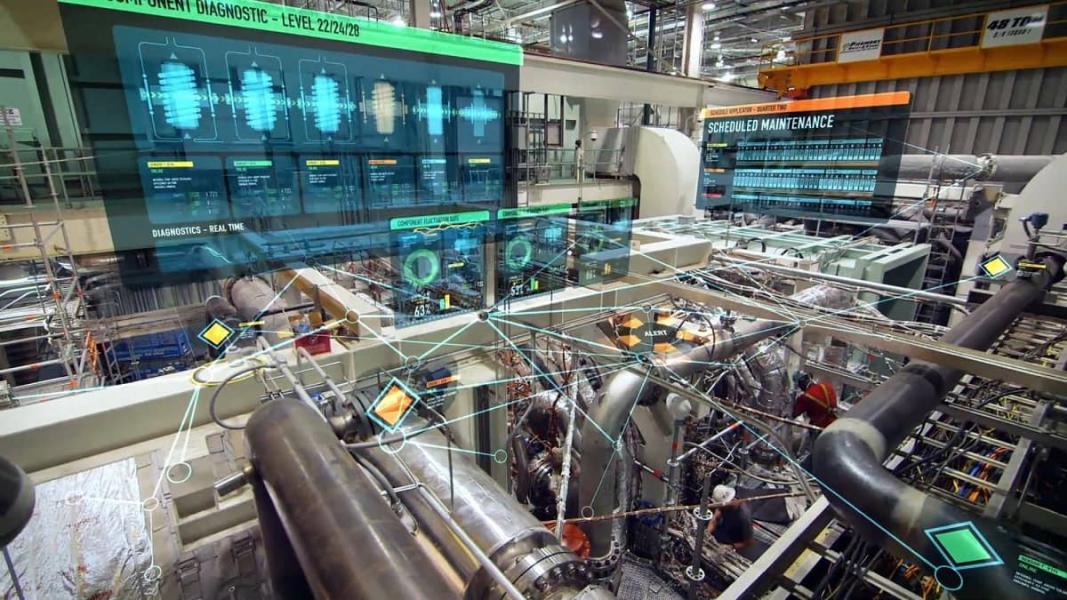Integrated kidney volume demonstration
Over the past several years, ultrasound technology has rapidly trended toward low-cost and miniaturized implementations, laying the foundation for widespread adoption of the technology in the same way that smartphones or computers became cheap and widely available. However, a skilled sonographer (operator) is still required to perform a successful scan, limiting adoption to where you have a trained expert. If we can enable novice users to perform ultrasound scans (general medical professionals, doctors, nurses, people throughout the developing world, and even someday people in the home), we open the technology to widespread growth. By enabling these users, ultrasound can provide improved quality of care with increased access to basic screening exams, access to ultrasound in the developing world, reduction of unnecessary referrals to high-cost imaging modalities, and reduction in scan times and variability of diagnosis.

The team demonstrated a proof-of-concept holistic solution that automates many operator actions and guides the operator through the exam. They explored the fusion of many technologies, such as sensing systems, probe and patient tracking, image processing, atlas-based registration, deep learning, anatomy modeling, AR visualizations, and robotics to realize this vision. Similar themes are present in other medical imaging modalities and industrial applications, and we see clear opportunities to translate and integrate this technology there as well.
Key demonstrations/milestones:
- January 2018: Integrated demonstration on-stage at GE’s Global Leadership Meeting: The Autonomous Imaging mission was selected for highlight on one of GE’s biggest stages: GE's Global Leadership Meeting held in Boston, MA. After a two-week sprint at the end of December, the team was able to pull together an end-to-end demonstration, allowing Kieran Murphy, GM of GE Healthcare and untrained ultrasound operator, to detect the volume of a live subject’s kidney in less than a minute.
- April 2018: Integrated demonstration of a guided fetal scan: The team developed a hands-on demonstration system in FORGE that integrates patient tracking, anatomy modeling, probe guidance, and AI image processing into a system that enables novice users to find the age of the fetus.
- August 2018: Mobile app for probe guidance: The team put together a prototype mobile app that dynamically builds an anatomy model of a patient using only a phone’s camera, and shows an Augmented Reality overlay of target probe position to begin the exam.
By enabling novice users, we see an exciting and clear path to exponential growth in the availability of ultrasound imaging. In the developing world, this means access to ultrasound imaging where currently there is none. In the developed world, this means an annual checkup at the doctor may include a routine ultrasound screening exam to check for common ailments and catch them much earlier in their progression.
This mission developed and spread the vision internally and externally of the comprising technologies and impact of furthering Autonomous Imaging systems. It served as an incubation of ideas in this space, and as a result have fed two new external pursuits, was a key enablement for an internal GE Research project, and informed GE Healthcare product roadmaps.
-
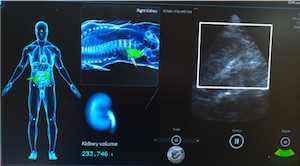 Jan 2018
Jan 2018 -
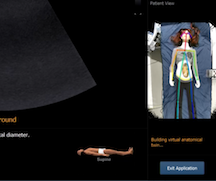
Integrated fetal scan demonstration
Apr 2018 -
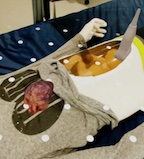 Aug 2018
Aug 2018Mobile app for probe guidance
-
Our Expertise
Capabilities utilized for Autonomous Imaging project
-
Physical-Digital Analytics
Leveraging operational data, physical-based simulations and AI models to optimize production, improve quality, reduce costs and yield operational efficiency
Read more
-
Ultrasound Imaging
Exploring the physics of ultrasound signal generation, propagation and detection for medical and industrial applications
Read more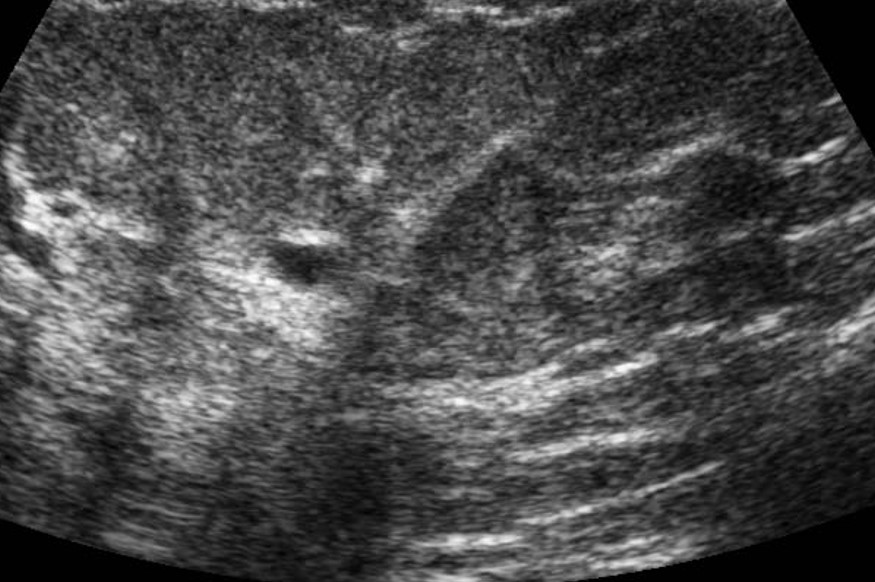
-
Human System Interaction
Researching and developing intelligent, natural user interfaces and visual analytic techniques to enhance and enrich interactions between humans and AI
Read more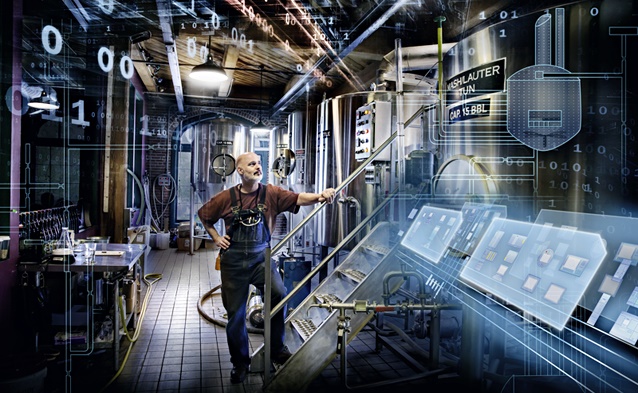
-
Machine Learning
Developing and scaling machine learning solutions for industrial applications to facilitate continuous learning, adaptation and improvement in dynamic operating environments
Read more